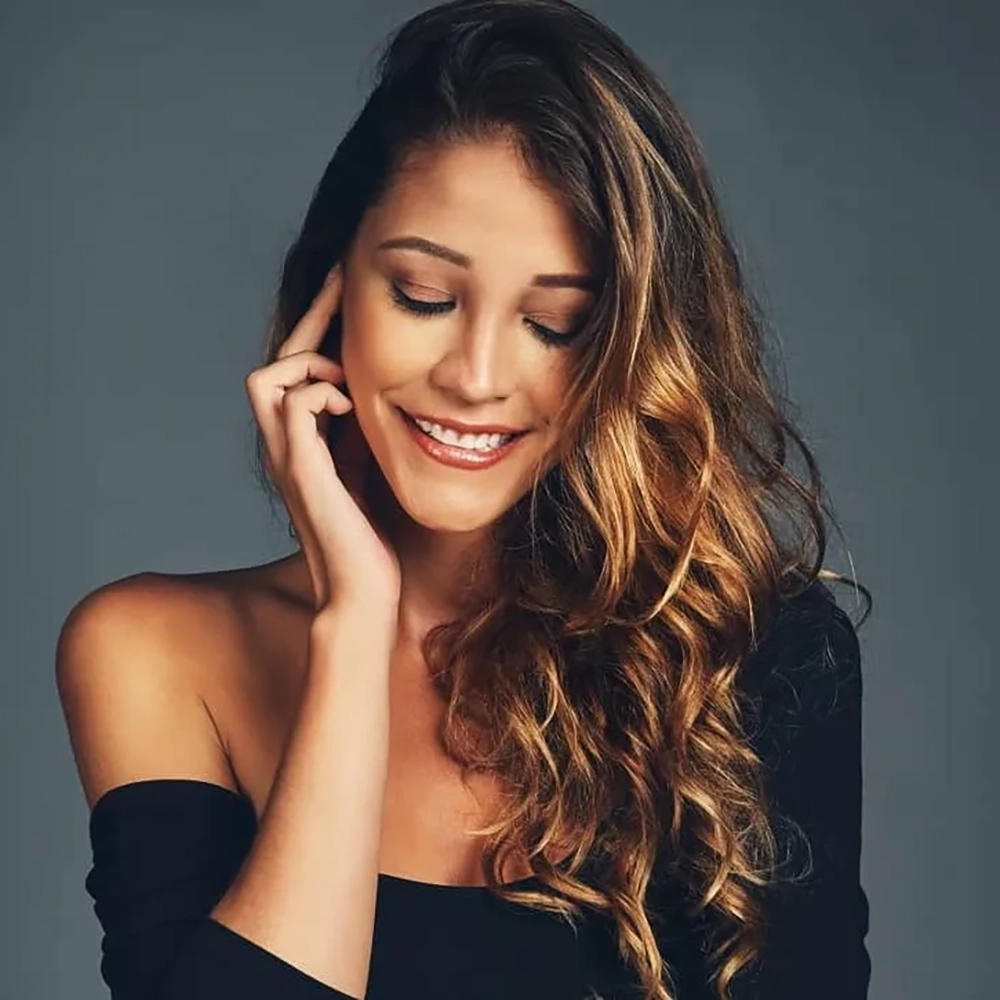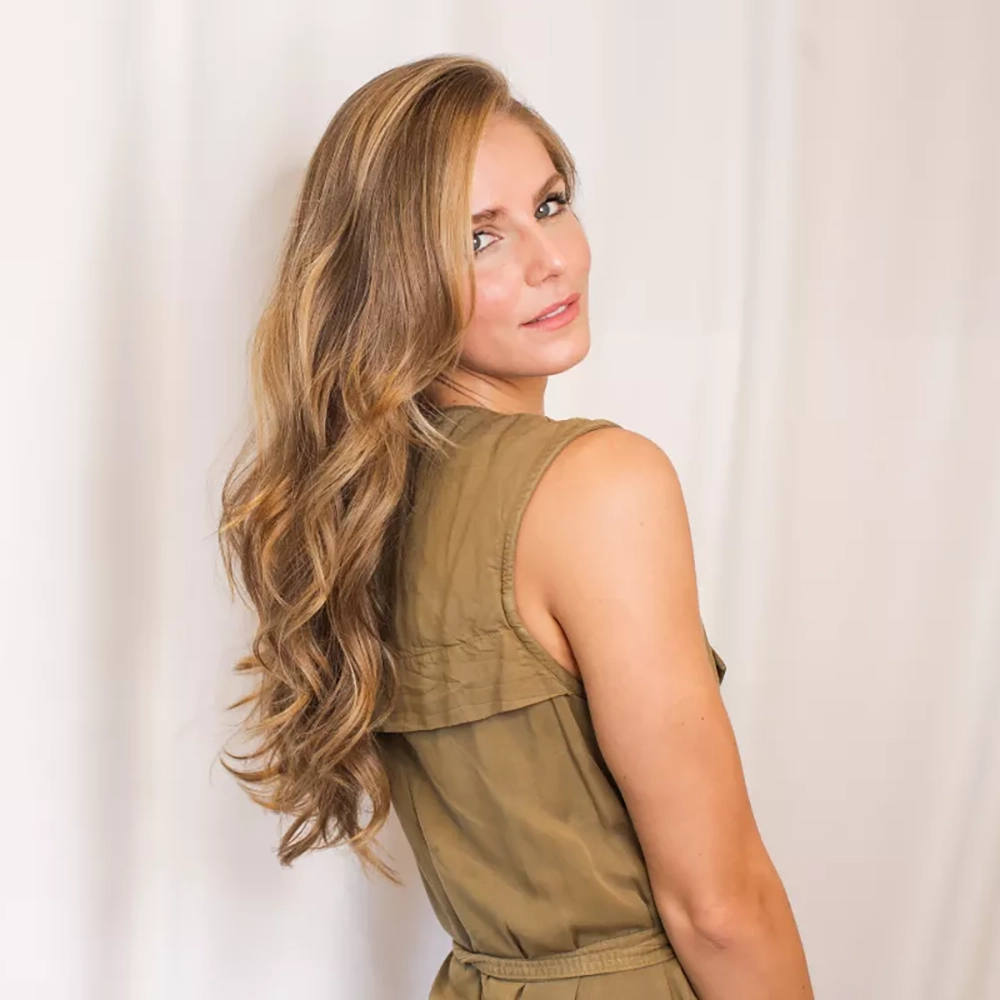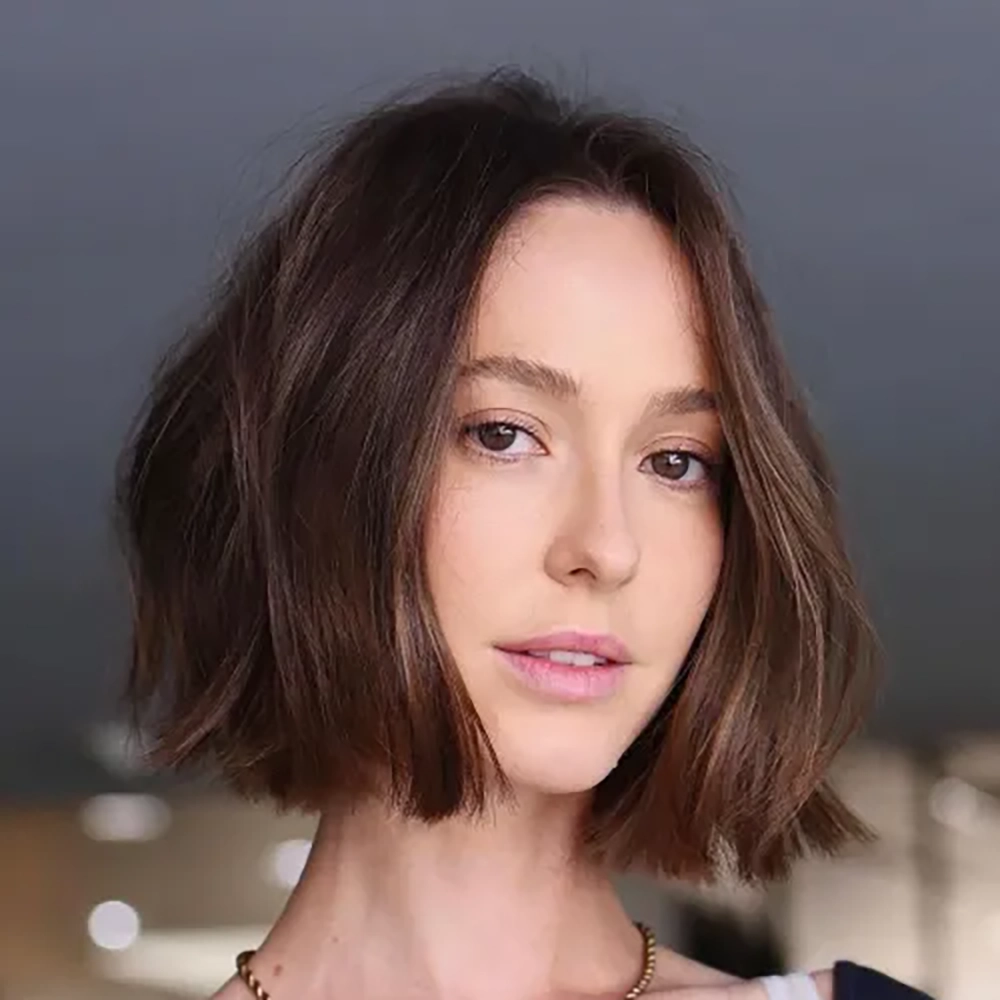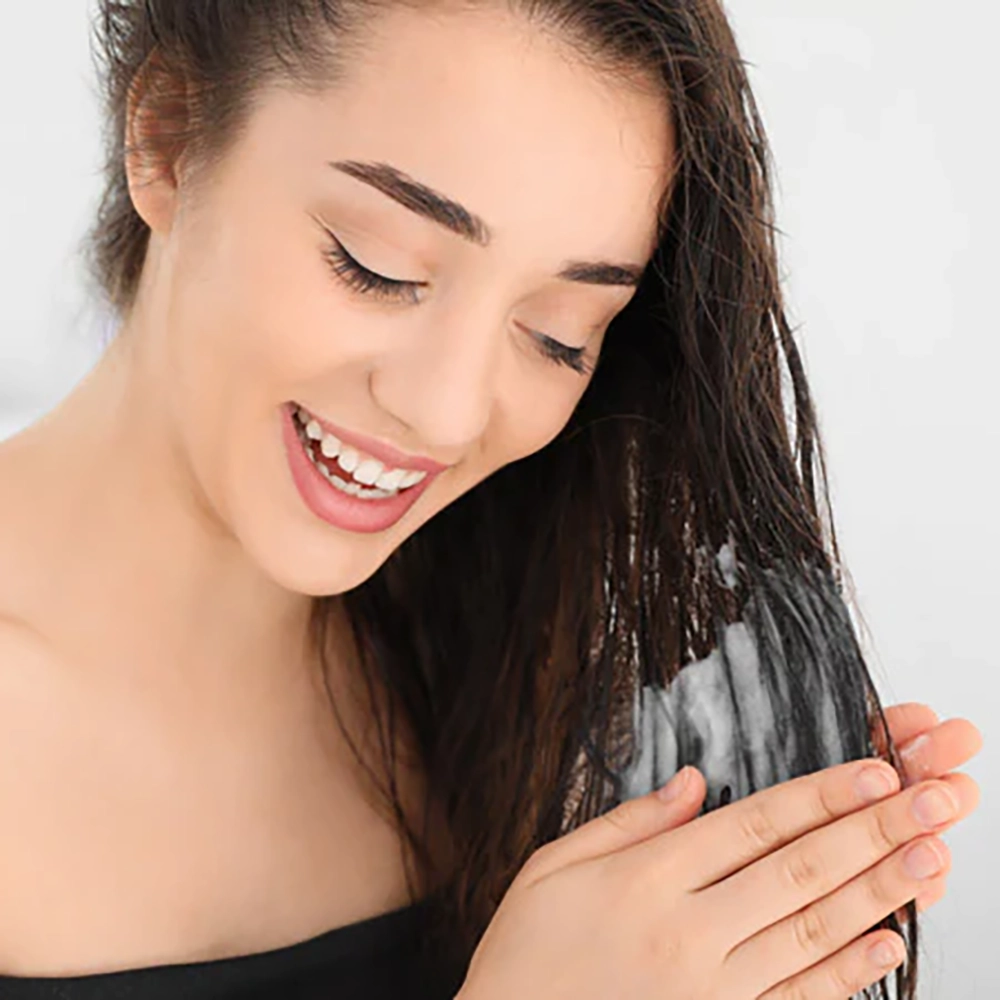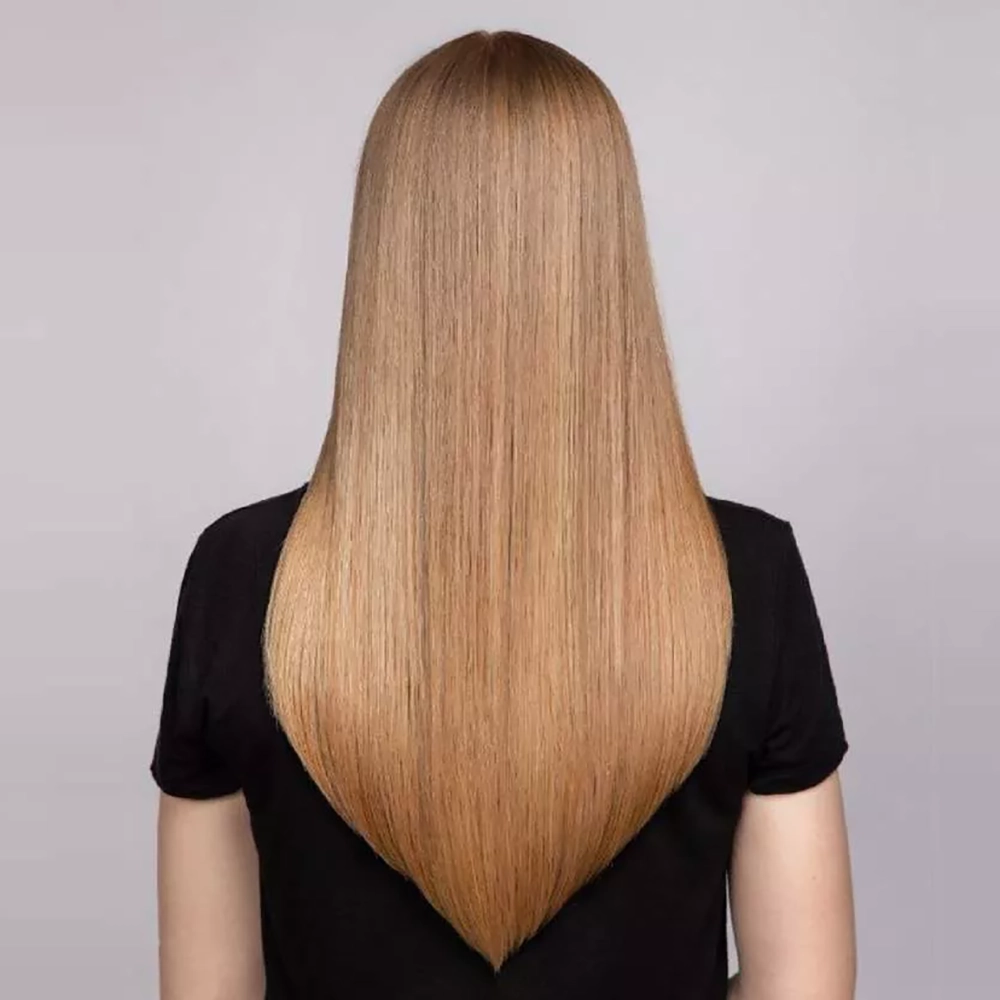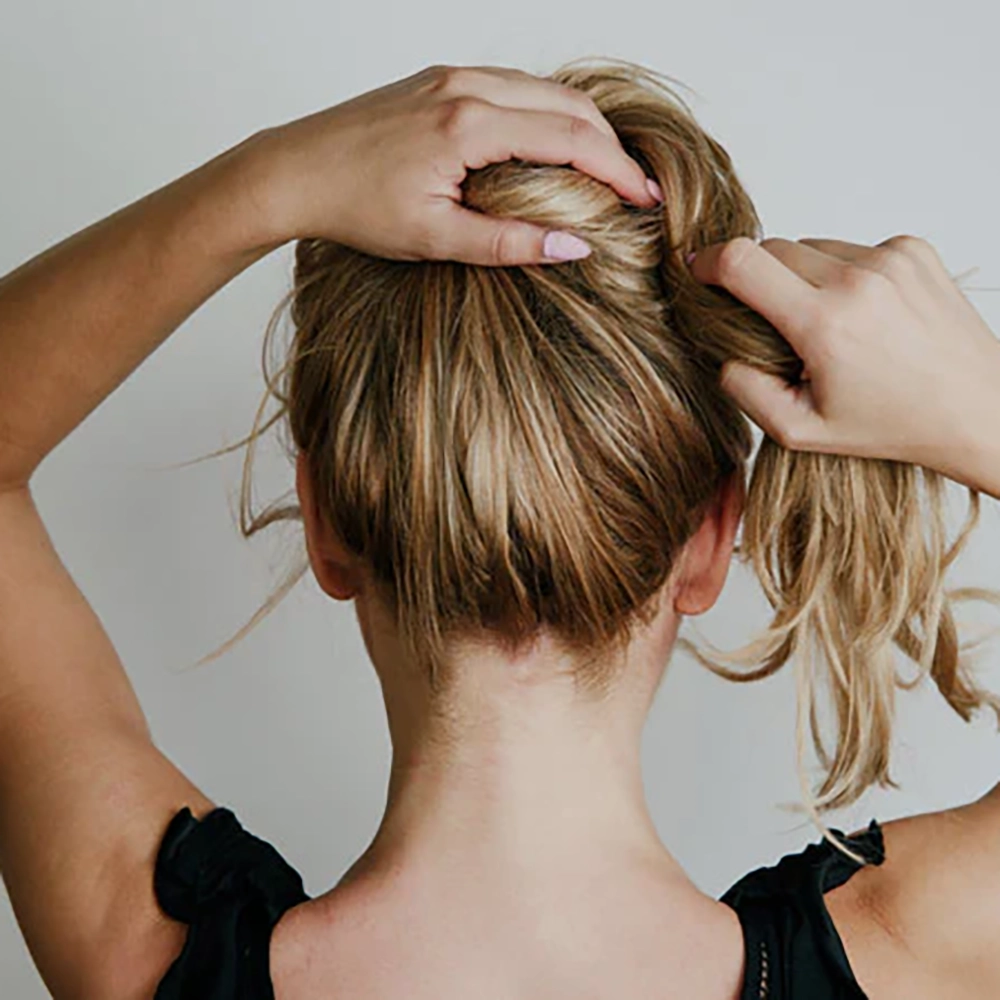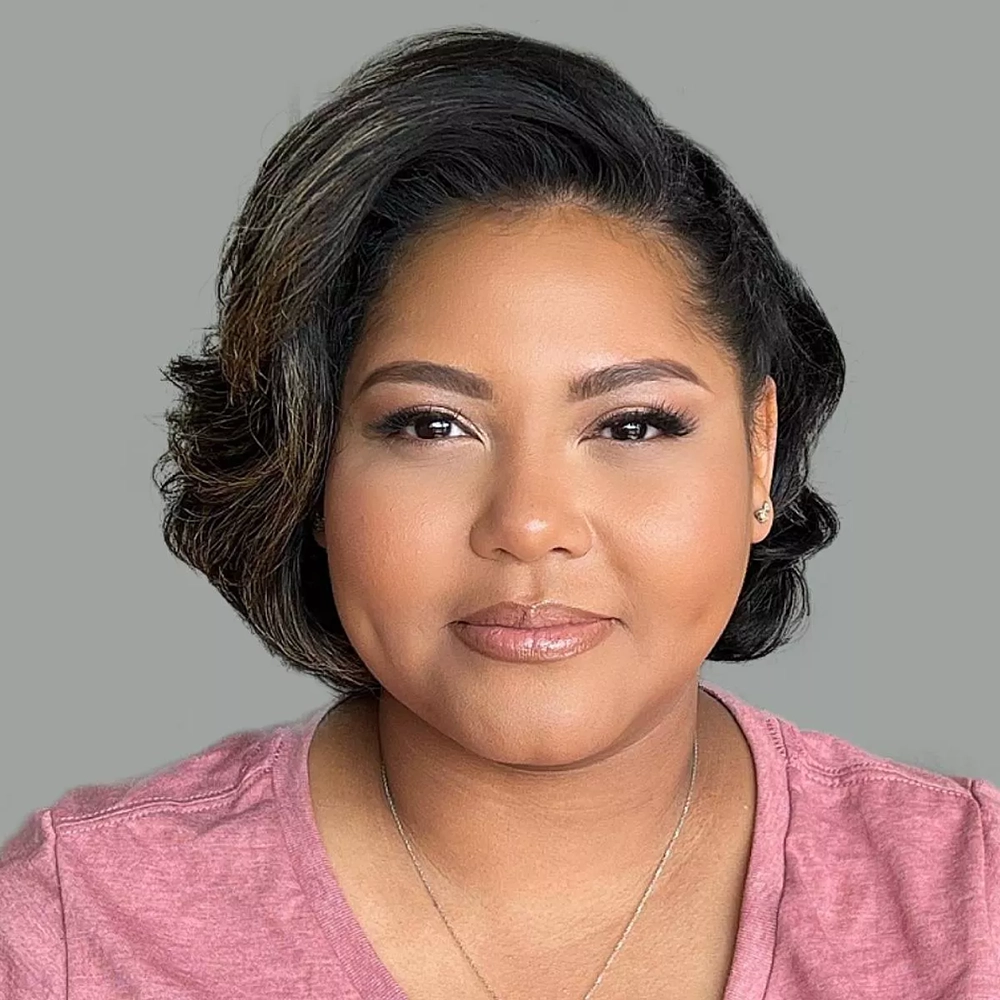Face shape and hair length
When it comes to choosing the perfect hairstyle, the shape of your face and the length of your hair are two important factors to consider. Different face shapes lend themselves better to certain haircuts and styles, while the length of your hair can dramatically alter your overall look. By understanding how these elements work together, you can find a hairstyle that enhances your features and complements your personal style.
Firstly, let’s talk about face shapes. There are generally seven main face shapes: oval, round, square, heart, diamond, oblong, and triangular. Each shape has its own unique characteristics and requires specific hairstyles to flatter it. For example, if you have an oval face shape, you’re in luck as this shape is considered the most versatile. You can try out various hairstyles and experiment with different lengths without worrying too much about proportion and balance.
On the other hand, if you have a round face shape, you may want to create the illusion of length and angles. To achieve this, consider opting for hairstyles that add height and volume on top, such as long layers or a pixie cut. Avoid styles that emphasize the roundness of your face, such as blunt bobs that fall at chin-length.
- In summary:
- – Oval face shape: Most versatile, can try various hairstyles
- – Round face shape: Create length and angles
- – Square face shape: Soften strong jawline
- – Heart face shape: Balance wide forehead and narrow chin
- – Diamond face shape: Enhance cheekbones and soften chin
- – Oblong face shape: Add width and volume
- – Triangular face shape: Soften prominent jawline
Next, let’s consider the impact of hair length. Short haircuts can provide a fresh and edgy look, while longer hair can offer versatility and the opportunity for more intricate hairstyles. Again, it’s important to take your face shape into account when deciding on the length of your hair. For example, bob hairstyles, both short and long, tend to suit most face shapes. However, if you have a heart-shaped face with a wide forehead, you may want to avoid very short pixie cuts as they can make your forehead look even wider.
| Face Shape | Recommended Hair Lengths |
|---|---|
| Oval | All lengths |
| Round | Medium to long |
| Square | Short to medium |
| Heart | Short to medium |
| Diamond | Short to medium |
| Oblong | Short to medium |
| Triangular | Medium to long |
In conclusion, finding the perfect hairstyle involves considering both your face shape and hair length. Understanding which hairstyles flatter your specific face shape can help you accentuate your best features and achieve a more balanced appearance. Likewise, choosing the right hair length can enhance your overall look and style. Don’t be afraid to experiment and try different styles until you find the one that suits you best!
Maintenance and styling concerns
Maintenance and styling concerns can vary greatly depending on individual preferences and hair types. Keeping your hair healthy and well-maintained requires regular care and attention.
One of the key considerations when it comes to maintenance is the choice of hair products. Using high-quality shampoos, conditioners, and styling products can make a significant difference in the overall health and appearance of your hair. It is important to choose products that are suitable for your specific hair type, whether it be oily, dry, curly, or straight.
Additionally, it is essential to establish a regular haircare routine that includes washing, conditioning, and styling. Washing your hair two to three times a week using lukewarm water is generally recommended, as excessive washing can strip the hair of its natural oils and lead to dryness. Conditioning should be done after every wash to moisturize and nourish the hair.
- Avoid excessive heat styling, such as using flat irons or curling irons, as it can cause damage and make your hair more prone to breakage. If heat styling is necessary, make sure to use a heat protectant spray beforehand and keep the temperature low.
- Trimming regularly is another important aspect of maintaining healthy hair. Getting a trim every six to eight weeks helps to prevent split ends and keep your hair looking fresh and neat.
- Protecting your hair from environmental factors is also crucial. Sun exposure, chlorine from swimming pools, and harsh weather conditions can all have damaging effects on your hair. Consider wearing a hat or using a leave-in conditioner with UV protection when spending prolonged periods outdoors.
In conclusion, proper maintenance and styling techniques are essential for keeping your hair healthy and looking its best. By using appropriate hair products, establishing a regular haircare routine, avoiding excessive heat styling, getting regular trims, and protecting your hair from environmental factors, you can maintain beautiful and manageable hair.
| Key Tips for Maintenance and Styling: |
|---|
| 1. Use high-quality hair products suitable for your hair type. |
| 2. Establish a regular haircare routine, including washing, conditioning, and styling. |
| 3. Limit the use of heat styling tools and always apply a heat protectant. |
| 4. Trim your hair every six to eight weeks to prevent split ends. |
| 5. Protect your hair from environmental factors such as sun, chlorine, and harsh weather conditions. |
Personal style and fashion preferences
The way we dress and style ourselves can say a lot about our personality and individuality. Personal style and fashion preferences play a significant role in how we present ourselves to the world and can greatly impact our confidence and self-expression. Whether we follow the latest trends or have a unique sense of style, what matters most is that we feel comfortable and authentic in the outfits we choose to wear. In this blog post, we will explore the importance of personal style and fashion preferences and how they can enhance our overall appearance and self-image.
When it comes to personal style, there are no hard and fast rules. It’s all about expressing your personality and showcasing your creativity through your clothing choices. Some individuals prefer a minimalist and classic look, with neutral colors and clean lines, while others may gravitate towards bold prints and vibrant colors that make a statement. Experimenting with different styles is a great way to discover what resonates with you and enables you to feel confident and comfortable.
Listed below are some reasons why personal style and fashion preferences are essential:
- Authenticity: Your personal style is a reflection of your true self. It allows you to embrace your uniqueness and showcase your individuality to the world.
- Confidence: When we feel good in what we are wearing, our confidence soars. Personal style has the power to boost our self-esteem and make us feel empowered.
- Self-expression: Fashion is a language, and personal style is how we articulate ourselves. It allows us to tell a story about who we are without having to say a word.
Understanding your personal style and fashion preferences can also help in making better purchasing decisions. By having a clear understanding of what you truly love and feel comfortable in, you can avoid impulse buys and build a wardrobe that truly reflects your taste. It’s important to remember that fashion trends come and go, but personal style is eternal.
| In summary | |
|---|---|
| Personal style and fashion preferences are an integral part of our self-expression and confidence. Embracing your authenticity and experimenting with different styles can bring out the best version of yourself. It’s important to remember that personal style is not about following trends but finding what makes you feel comfortable and confident. |
Considerations for different hair types
When it comes to considering different hair types, there are a few factors to keep in mind in order to ensure that your hair routine and styling choices are suitable for your specific hair type. Each hair type requires different care and attention, and understanding these considerations will help you make informed decisions for your hair. Whether you have straight, wavy, curly, or coily hair, here are some important factors to consider
Texture: The texture of your hair refers to the thickness and diameter of each individual strand. Hair can range from fine to medium to coarse. Understanding your hair texture can help determine which products and styling techniques are best suited for your hair type. For example, those with fine hair may want to opt for lightweight products that won’t weigh their hair down, while those with coarse hair may benefit from heavier products to provide moisture and control.
Porosity: Porosity refers to how well your hair absorbs and retains moisture. This factor is determined by the condition of the cuticle layer of your hair. High porosity hair tends to be more prone to frizz and can easily absorb moisture but struggle to retain it. Low porosity hair, on the other hand, has a more tightly packed cuticle layer and can be resistant to absorbing moisture. Understanding your hair’s porosity can help you select products and techniques that will effectively moisturize and nourish your hair.
Elasticity: Hair elasticity refers to how well your hair can stretch and return to its original length without breaking. This factor is important when it comes to heat styling and chemical treatments. Hair with good elasticity is more resilient and less prone to damage. On the other hand, hair with low elasticity may be more prone to breakage and requires extra care when styling. Knowing your hair’s elasticity can help you determine the optimal temperature and duration for heat styling and avoid unnecessary damage.
List of considerations for different hair types:
| Hair Type | Considerations |
|---|---|
| Straight Hair | May require less maintenance and can be prone to oiliness. Can benefit from volume-boosting products and heat styling for added texture. |
| Wavy Hair | May need products that enhance and define natural waves. Can benefit from air-drying and diffusing techniques for a more natural look. |
| Curly Hair | Requires products that provide moisture and definition to enhance curls. Can benefit from plopping and scrunching techniques to encourage curl formation. |
| Coily Hair | Needs products that deeply moisturize and nourish to combat dryness. Can benefit from protective styling to minimize manipulation and retain moisture. |
By considering your hair’s specific texture, porosity, and elasticity, you can tailor your hair care routine and styling choices to best suit your hair type. This will help you achieve healthy, beautiful hair that showcases your unique texture and enhances your overall look. Remember to embrace and celebrate your natural hair type, as it is an integral part of your personal style and self-expression.
Impacts on professional image and career
In today’s competitive job market, it is important to present oneself in the best possible way. One crucial aspect that often gets overlooked is the impact of hair on professional image and career. Whether we realize it or not, our hairstyle can greatly influence the way we are perceived in the workplace. It is not just about looking presentable; it goes much deeper than that.
First and foremost, a well-groomed hairstyle conveys a sense of professionalism and attention to detail. A person with neat and polished hair is more likely to be seen as organized and capable. On the other hand, a disheveled or unkempt hairstyle can give the impression of laziness or lack of discipline. Therefore, it is essential to maintain a hairstyle that aligns with the expectations of your professional field.
Furthermore, different industries may have varying standards when it comes to hair. For example, conservative industries such as law or finance may require a more traditional and understated hairstyle, while creative fields like fashion or advertising might encourage more experimentation and individuality. It is important to understand the norms and expectations of your specific industry, as deviating too far from the standard can potentially hinder your professional advancement.
Seasonal factors and weather conditions
When it comes to maintaining and styling our hair, we often face challenges due to seasonal factors and weather conditions. These external elements can greatly impact the health and appearance of our locks. It’s important to understand how the changing seasons and weather patterns can affect our hair, so that we can take the necessary steps to keep it looking its best.
During the colder months, the air tends to be drier which can lead to dry and brittle hair. Indoor heating systems can further contribute to this problem by sucking the moisture out of our strands. To combat these issues, it’s important to amp up the hydration. Using a moisturizing shampoo and conditioner is essential, and incorporating a weekly deep conditioning treatment can provide an extra boost of nourishment. Additionally, using a leave-in conditioner or hair oil can help lock in moisture and prevent further damage.
In contrast, during the warmer months, our hair is exposed to increased humidity and higher temperatures. This can result in frizz, limpness, and oily roots. To combat these issues, it’s important to adjust our styling routine. Opting for lighter products, such as mousse or texturizing spray, can help add volume and hold without weighing the hair down. Additionally, incorporating a dry shampoo into our routine can help absorb excess oils and extend the time between washes.
- Stay Hydrated: Drink plenty of water to keep your hair and scalp hydrated from within.
- Protective Styling: Opt for hairstyles that keep your hair protected from harsh weather conditions, such as braids or updos.
- Sunscreen for Your Hair: Just like our skin, our hair can also be damaged by the sun’s rays. Look for products that offer UV protection to keep your strands safe.
| Seasonal Factors | Recommended Haircare |
|---|---|
| Winter | Moisturizing shampoo and conditioner, deep conditioning treatments, leave-in conditioners or hair oils |
| Summer | Lighter styling products, dry shampoo, protective hairstyles, UV protection |
By being mindful of the seasonal factors and weather conditions, we can make informed decisions about our haircare routine. Adjusting our products and styling techniques accordingly can help us maintain healthy and beautiful hair all year round. So, embrace the changes in the weather and adapt your haircare routine to keep your locks looking their best!
Experimenting with temporary hair extensions
Experimenting with temporary hair extensions can be a fun and exciting way to change up your look. Whether you want to add length, volume, or even a pop of color, temporary hair extensions offer a versatile and customizable solution. With the advancements in technology and a wide variety of options available in the market, it’s easier than ever to experiment with different styles without the long-term commitment.
One of the key benefits of temporary hair extensions is the ability to easily switch up your hairstyle. Whether you have short or long hair, extensions can instantly transform your look. Want a sleek and polished updo for a special occasion? Clip-in extensions can provide the extra length and volume needed to achieve that glamorous style. Looking to add some beachy waves to your shoulder-length hair? Tape-in extensions can help you achieve that effortlessly tousled look.
Another advantage of temporary hair extensions is the ability to experiment with different colors. If you’ve always wanted to try out a bold and vibrant shade but are hesitant to dye your natural hair permanently, extensions can be a great alternative. You can easily add highlights, lowlights, or even a completely different color to your hair without any damage or commitment. This allows you to switch up your look as often as you’d like, depending on your mood or the latest trends.
When considering experimenting with temporary hair extensions, it’s important to keep a few key tips in mind. Firstly, make sure to choose high-quality extensions that blend seamlessly with your natural hair. This will ensure a natural and cohesive look. Additionally, follow the maintenance and styling instructions provided by the manufacturer to prolong the lifespan of your extensions and prevent any damage to your natural hair.
In conclusion, experimenting with temporary hair extensions is a great way to change up your look without any long-term commitment. Whether you want to add length, volume, or a pop of color, there are numerous options available to suit your preferences. By choosing high-quality extensions and following proper maintenance and styling techniques, you can achieve a flawless and natural-looking style. So go ahead and embrace your creativity by trying out different hairstyles and colors with temporary hair extensions!


